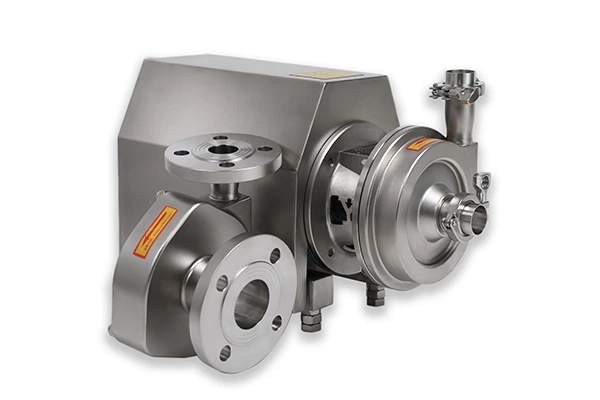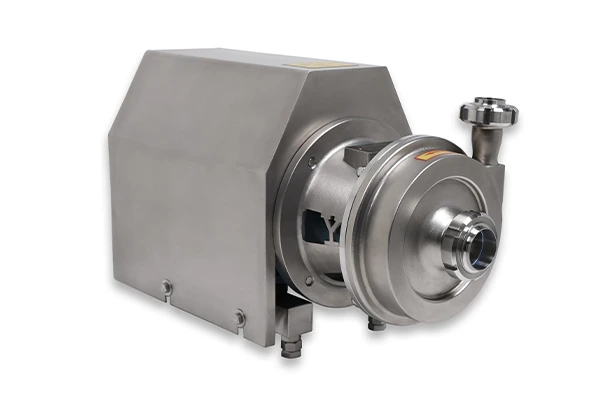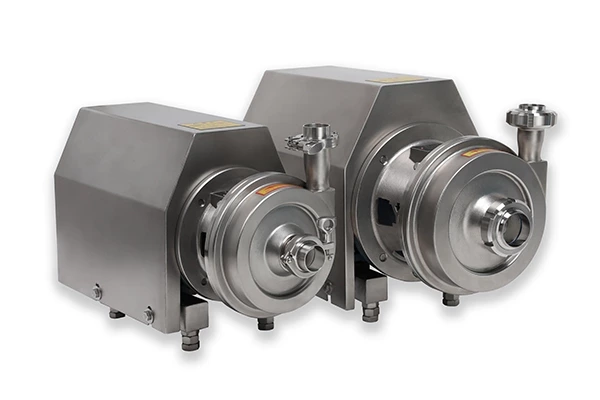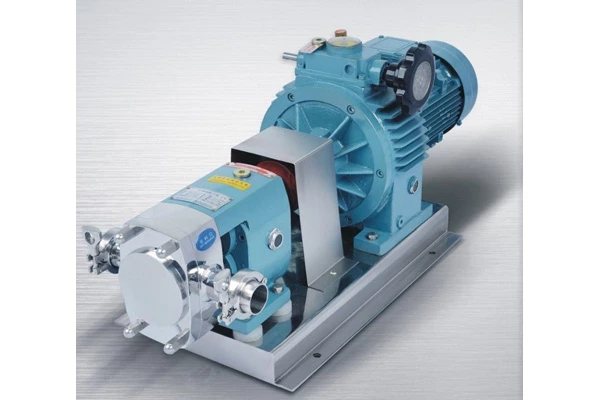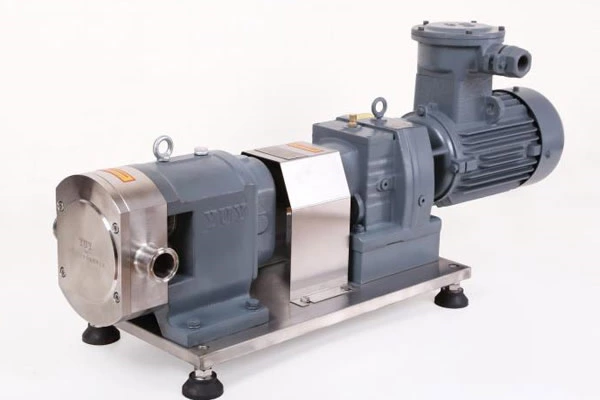Analysis And Countermeasures Of Cavitation Phenomenon In Centrifugal Pumps
In 1893, people confirmed that the destruction of a British destroyer propeller was the result of cavitation, which was the first discovery of cavitation. When the liquid is at a certain temperature and the pressure is reduced to the vaporization pressure at that temperature, the liquid will produce bubbles. This phenomenon of bubble generation is called cavitation. Cavitation can produce vibration and noise, reduce the performance of the pump, and damage the flow-through components. Therefore, the international standard ISO9006 stipulates that centrifugal pumps should be tested in two aspects during the test, one is the hydraulic performance test, and the other is the cavitation performance test. Cavitation performance is an important indicator of the performance of centrifugal pump products.
1. When the flow rate of 59656565 is greater than the design flow rate, the liquid hits the back of the blade, and the lowest pressure is on the front of the blade near the front cover at the blade inlet, as shown in Figure K1.
2. When the flow rate of the pump is less than the design flow rate, the liquid hits the front of the blade at the inlet, and the lowest pressure is on the back of the blade near the front cover at the blade inlet, as shown in Figure K2.
Gas generation
When the liquid pressure drops to the vaporization pressure or lower, the liquid will vaporize and produce bubbles, and there will be gas that was originally dissolved in the liquid and now escapes due to the pressure reduction.
Bubble collapse
When it flows to the high-pressure area, it condenses quickly, and the gas re-dissolves into the liquid to create a local vacuum. The surrounding liquid particles rush in at a very high speed and collide with each other, generating a local pressure of up to tens of MPa, causing noise and vibration.
Generation process: low-pressure area → bubble generation → high-pressure area → bubble collapse → local vacuum generation → hydraulic impact → vibration, noise, and pitting and honeycomb-like damage to the parts.
Hazards of cavitation
1. Cause the flow-through parts to be peeled off and damaged
The metal in the bubble collapse area is subjected to high-frequency and high-pressure liquid impact and fatigue damage occurs. Oxygen has a chemical corrosion effect on the metal with the help of the heat released during bubble condensation. Under the above dual effects, the blades and cover plates, volutes or guide wheels on the outer edge of the impeller will produce pitting and honeycomb-like damage.
The parts usually damaged by cavitation are near the impeller outlet and the discharge chamber inlet. In the early stage of cavitation, pitting appears on the metal surface, followed by grooves, honeycombs, and fish scales on the surface. In severe cases, it can cause blade perforation or even impeller rupture, leading to serious accidents and seriously affecting the service life of the pump.




